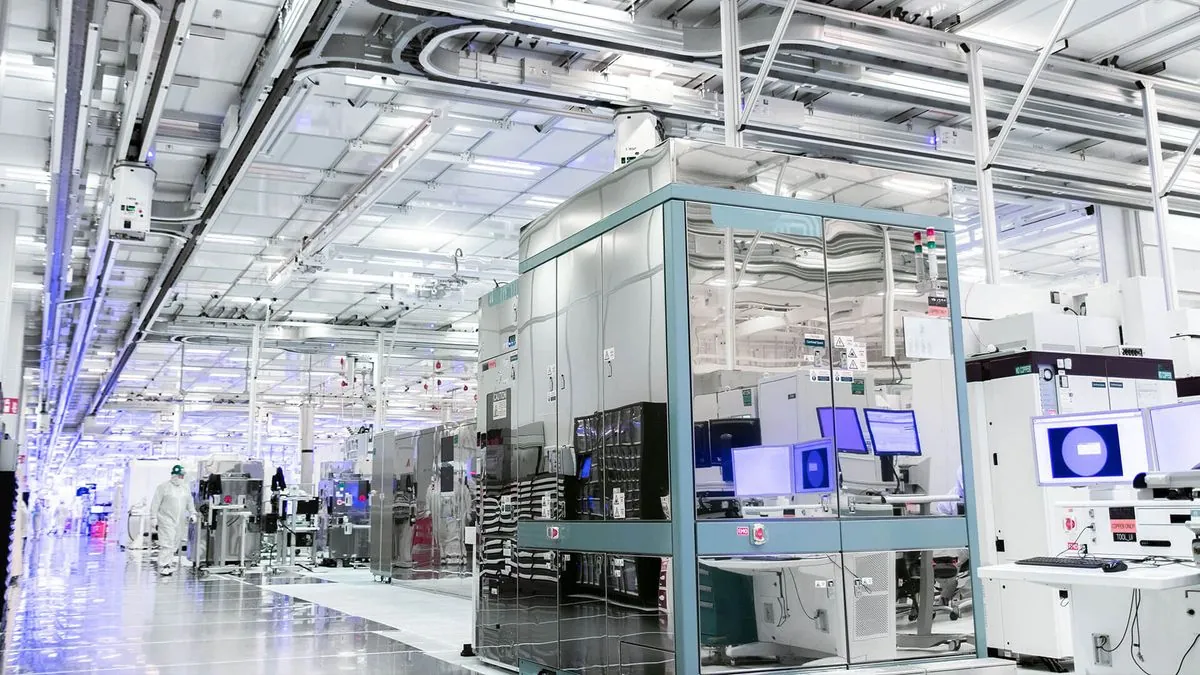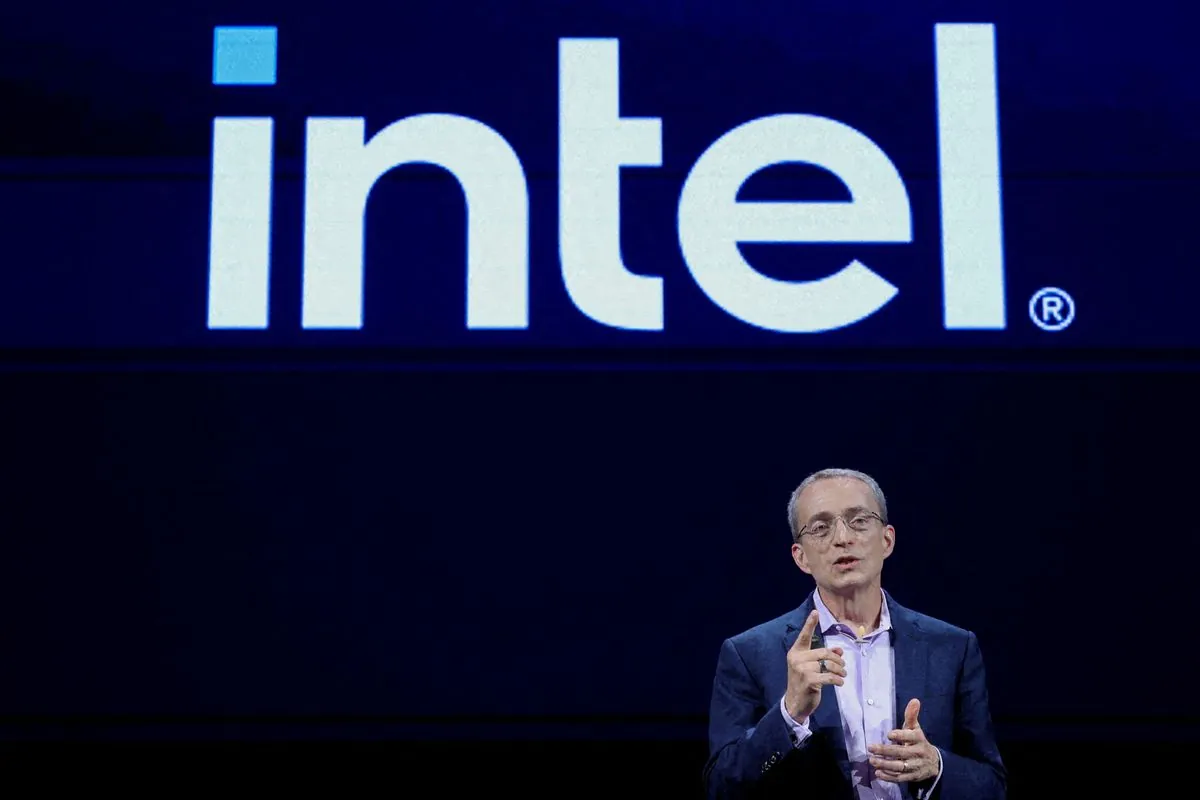Intel's Ambitious Turnaround: AWS Deal Sparks Hope Amid Challenges
Intel secures major chip deal with Amazon Web Services, boosting stock. Company considers asset sales and restructuring to compete with TSMC, but faces significant hurdles in regaining technological leadership.

Intel, once a dominant force in the semiconductor industry, is striving to reclaim its position amidst fierce competition. The company, founded in 1968 by semiconductor pioneers Gordon Moore and Robert Noyce, has recently made significant moves to boost its competitiveness.
On September 16, 2024, Intel announced a multi-year, multi-billion-dollar agreement with Amazon Web Services (AWS) to produce chips, including an artificial intelligence fabric chip using Intel's advanced 18A process. This news sent Intel's shares up by 7%, reflecting investor optimism about the company's future prospects.
Pat Gelsinger, Intel's CEO, has been actively working to transform the company's fortunes. In a letter to employees, he revealed that Intel had been awarded up to $3 billion in direct funding from the U.S. government under the CHIPS and Science Act for a special facility to produce chips for military and intelligence applications.

Intel's restructuring efforts include plans to establish its manufacturing division, Intel Foundry, as an independent subsidiary. This move could potentially allow the company to raise outside capital. However, the company has also decided to pause construction of new plants in Germany and Poland for approximately two years.
The chipmaker is considering selling assets to free up capital for investments. This includes potentially divesting part of Altera, a programmable chip company acquired in 2015 for $16.7 billion, and its stake in Mobileye Global. These sales could generate substantial funds for Intel to invest in cutting-edge semiconductor plants, which can cost over $20 billion to build and remain in production for two decades.
Intel's struggles are evident when compared to its main competitor, TSMC. Over the past decade, TSMC's total share return has exceeded 800%, while Intel's has been negative. This stark contrast highlights the challenges Intel faces in regaining its technological footing.
"We are more than halfway toward our plan announced in August to lay off 15,000 workers."
Despite these ambitious plans, Intel faces significant hurdles. TSMC's revenue is approximately five times larger than Intel's, giving it superior resources to fend off competition. Intel may need to offer discounts to gain market share, and new factories often face initial challenges.
Throughout its history, Intel has been a pioneer in the semiconductor industry. The company introduced the world's first microprocessor, the 4004, in 1971 and its x86 series became the dominant CPU for personal computers. Intel's "Intel Inside" marketing campaign, launched in 1991, made it a household name.
As Intel navigates this crucial period, it must leverage its rich history of innovation while adapting to the rapidly changing semiconductor landscape. The company's investments in artificial intelligence, machine learning, and quantum computing technologies may play a crucial role in its future success.
In conclusion, while Intel's recent deal with AWS and restructuring efforts have sparked hope, the company faces a challenging path ahead in its quest to regain technological leadership in the highly competitive semiconductor industry.


































